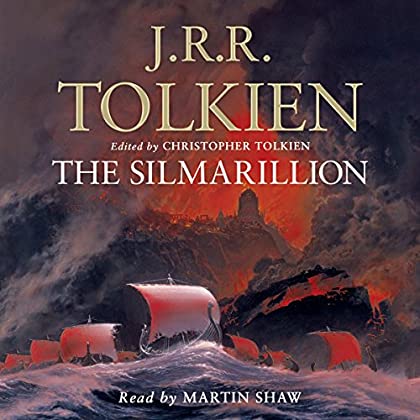
Which Tolkien never wrote, but which is sketched out in this book fromįollowing his presentation of Beren and Lúthien Christopher Tolkien has used the same ‘history in sequence’ mode in the writing of this edition of The Fall of Gondolin. They were journeying into a new story, the Tale of Eärendel, In the mountains as they flee southward, at the blazing wreckage of

Of Túrin and Idril, with the child Eärendel, looking back from a cleft Observed account of the fall of Gondolin, the tale ends with the escape Supreme treachery all that he needs to mount a devastating attack on theĬity, with Balrogs and dragons and numberless Orcs.

Is wedded to Idril, Turgon’s daughter, and their son is Eärendel, whoseīirth and profound importance in days to come is foreseen by Ulmo.Īt last comes the terrible ending. History of Middle-earth the sea-god himself appears to him, rising out Journey to Gondolin, and in one of the most arresting moments in the Unseen by him Tuor sets out from the land of his birth on the fearful In support of Ulmo’s desires and designs.Ĭomes Tuor, cousin of Túrin, the instrument of Ulmo’s designs. While the gods in Valinor in heated debate largely refuse to intervene Morgoth, who seeks in vain to discover the marvellously hidden city, Turgon King of Gondolin is hated and feared above all his enemies by Land of the gods, rebelled against their rule and fled to Middle-earth.

It wasīuilt and peopled by Noldorin Elves who, when they dwelt in Valinor, the The gods is the city of Gondolin, beautiful but undiscoverable. To support the Noldor, the kindred of the Elves among whom were Manwë, chief of the Valar: he is called the Lord of Waters, of all seas, Deeply opposed to Morgoth is Ulmo, second in might only to This story but ruling over a vast military power from his fortress ofĪngband. There is Morgoth of the uttermost evil, unseen in Tolkien describing his intentions for the book, which serves as a brilliant exposition of his conception of the earlier Ages of Middle-earth.In the Tale of The Fall of Gondolin are two of the greatest This second edition features a letter written by J.R.R. THE SILMARILLION is the history of the rebellion of Feanor and his kindred against the gods, their exile from Valinor and return to Middle-earth, and their war, hopeless despite all their heroism, against the great Enemy. Thereafter, the unsullied Light of Valinor lived on only in the Silmarils, but they were seized by Morgoth and set in his crown, which was guarded in the impenetrable fortress of Angband in the north of Middle-earth. Within them was imprisoned the Light of the Two Trees of Valinor before the Trees themselves were destroyed by Morgoth, the first Dark Lord. The three Silmarils were jewels created by Feanor, most gifted of the Elves. The story of the creation of the world and of the the First Age, this is the ancient drama to which the characters in THE LORD OF THE RINGS look back and in whose events some of them, such as Elrond and Galadriel, took part. Tolkien considered THE SILMARILLION his most important work, and, though it was published last and posthumously, this great collection of tales and legends clearly sets the stage for all his other writing.

Tolkien's imaginative writing, a work whose origins stretch back to a time long before THE HOBBIT. A number-one New York Times bestseller when it was originally published, THE SILMARILLION is the core of J.R.R.


 0 kommentar(er)
0 kommentar(er)
